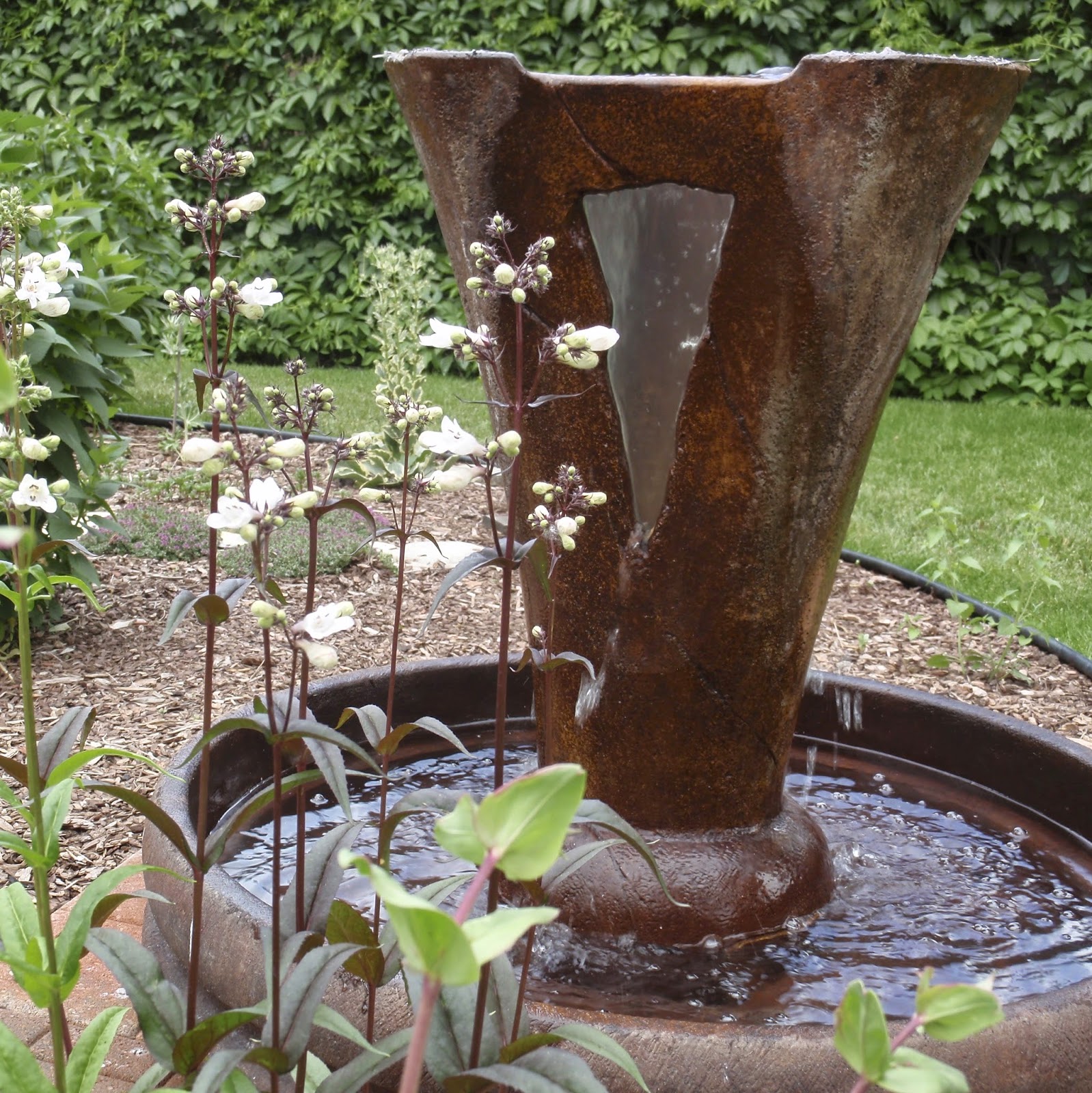A microclimate is the climate of a small area that is different from the area around it. It may be warmer or colder, wetter or drier, or more or less prone to frosts. Microclimates may be quite small - a protected courtyard next to a building, for example, that is warmer than an exposed field nearby. Cornell University Extension offers the following information about factors that influence microclimates.
A fond look back....my garden in 2025
1 day ago







